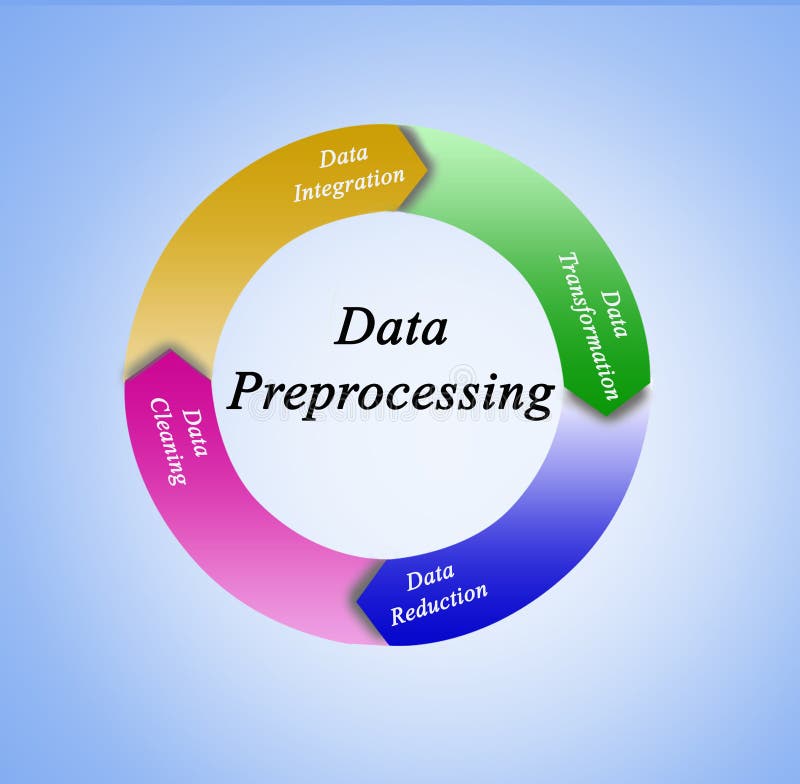In the era of big data, extracting meaningful insights from large datasets is crucial. Frequent Pattern Analysis and Association Rule Mining are fundamental techniques in data mining that enable organizations to discover hidden patterns and relationships in data. These methods are widely used in market basket analysis, recommendation systems, fraud detection, and more.
What is Frequent Pattern Analysis?
Frequent Pattern Analysis is the process of identifying recurring relationships or patterns in a dataset. A frequent pattern is a set of items, subsequences, or other data structures that appear together frequently in a dataset.
Key Concepts
- Itemset: A collection of one or more items.
Example: {Milk, Bread, Eggs}. - Frequent Itemset: An itemset that appears in the dataset more frequently than a predefined threshold, known as the support threshold.
- Support: The proportion of transactions in the dataset that contain a particular itemset.Support(X)=Transactions containing XTotal Transactions\text{Support}(X) = \frac{\text{Transactions containing } X}{\text{Total Transactions}}Support(X)=Total TransactionsTransactions containing X
What is Association Rule Mining?
Association Rule Mining is a technique to uncover interesting relationships, patterns, or associations between itemsets in a dataset. It is often used in conjunction with frequent pattern analysis.
An Association Rule
An association rule is expressed in the form:X⇒YX \Rightarrow YX⇒Y
Where:
- XXX: Antecedent (if part)
- YYY: Consequent (then part)
Key Metrics
- Support: Measures the frequency of occurrence of an itemset.
- Confidence: Measures the likelihood of YYY occurring given that XXX has occurred.Confidence(X⇒Y)=Support(X∪Y)Support(X)\text{Confidence}(X \Rightarrow Y) = \frac{\text{Support}(X \cup Y)}{\text{Support}(X)}Confidence(X⇒Y)=Support(X)Support(X∪Y)
- Lift: Evaluates the strength of the rule by comparing the confidence of the rule with the expected confidence if XXX and YYY were independent.Lift(X⇒Y)=Confidence(X⇒Y)Support(Y)\text{Lift}(X \Rightarrow Y) = \frac{\text{Confidence}(X \Rightarrow Y)}{\text{Support}(Y)}Lift(X⇒Y)=Support(Y)Confidence(X⇒Y)
Process of Frequent Pattern Analysis and Association Rule Mining
- Data Preprocessing:
- Clean and format the dataset.
- Transform the dataset into a transactional format.
- Frequent Pattern Mining:
- Use algorithms like Apriori, FP-Growth, or Eclat to identify frequent itemsets.
- Generate Association Rules:
- Extract rules from frequent itemsets that satisfy minimum thresholds for support, confidence, and lift.
- Interpretation:
- Analyze the rules to uncover actionable insights.
Algorithms for Frequent Pattern Analysis
1. Apriori Algorithm
- Iterative approach to finding frequent itemsets.
- Uses the property that all subsets of a frequent itemset must also be frequent.
- Prunes infrequent itemsets early to reduce computational complexity.
2. FP-Growth Algorithm (Frequent Pattern Growth)
- Constructs a compact Frequent Pattern Tree (FP-Tree) to represent the dataset.
- Avoids candidate generation, making it faster than Apriori for large datasets.
3. Eclat Algorithm
- Uses a depth-first search approach.
- Represents transactions using tid-lists (transaction ID lists) to identify frequent itemsets.
Applications of Frequent Pattern Analysis and Association Rule Mining
- Market Basket Analysis:
- Discover products often purchased together to improve cross-selling strategies.
- Example: If customers buy bread, they are likely to buy butter.
- Recommendation Systems:
- Suggest products or services based on user behavior.
- Example: E-commerce platforms recommending items frequently bought together.
- Fraud Detection:
- Identify unusual patterns in transactions to flag potential fraud.
- Example: Detecting credit card usage patterns that deviate from the norm.
- Healthcare:
- Analyze patient records to uncover patterns in symptoms and treatments.
- Example: Identifying common drug interactions.
- Web Usage Mining:
- Understand user navigation behavior on websites to improve user experience.
- Example: Pages frequently visited together.
Challenges in Frequent Pattern Analysis
- High Computational Cost:
- Large datasets with many dimensions increase complexity.
- Threshold Selection:
- Setting appropriate support and confidence thresholds can be difficult.
- Interpretability:
- Extracted patterns may not always be meaningful or actionable.
- Scalability:
- Algorithms need to handle massive datasets efficiently.
Future Trends
- Big Data Integration:
- Applying frequent pattern mining to massive datasets using distributed frameworks like Apache Spark.
- Real-Time Analysis:
- Enabling real-time pattern discovery in streaming data.
- AI-Powered Insights:
- Combining association rule mining with machine learning to improve prediction and classification.
- Advanced Visualization:
- Using interactive tools to make frequent patterns and rules easier to interpret.
Conclusion
Frequent Pattern Analysis and Association Rule Mining are indispensable tools for extracting insights from data. By identifying patterns and relationships, businesses can make data-driven decisions to enhance customer satisfaction, operational efficiency, and revenue. As data continues to grow in complexity and volume, these techniques will remain at the forefront of analytics innovation.


